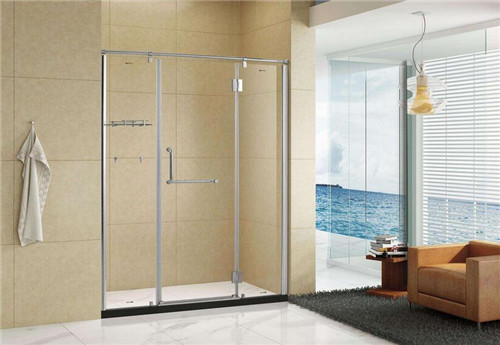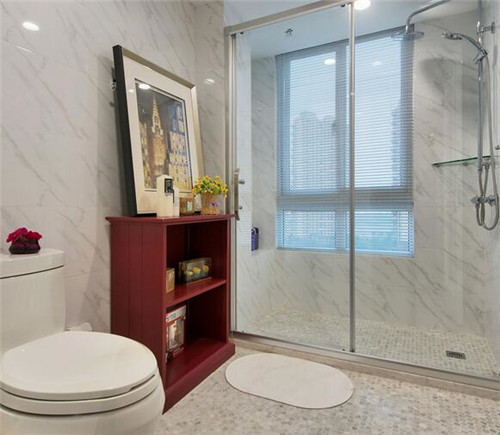Welcome To Hawkrown Professional
Are You Visiting As A Business Buyer (wholesaler/retailer) Or A Homeowner?
Business Buyer
Continue Here >Homeowner
Shop Retail Store >
Home / Blog Center / Chargers / Innovative Ideas for Shower Rooms Without Drain Outlets
27/12/2024 | Hawkrown
The shower area in the bathroom must have a proper drainage outlet. If the drainage outlet is not well designed, it can lead to poor water drainage, causing water to accumulate in the shower area. If there is no drainage outlet designed in the shower area from the start, how can it be renovated later? Faced with this issue, what solutions are available?
How to Renovate a Shower Area Without a Drain Outlet
If a shower area initially does not have a drainage outlet, renovating it is not particularly complicated. First, we need to raise the height of the shower area by applying a mixture of cement and sand to a thickness of about 3 centimeters.
After raising the height, install stone strips along the edges of the shower area. When installing the stone strips, it is necessary to open a small opening at the wall side and then connect a pipe from this opening. A 6-inch pipe will suffice, which can be installed along the wall, allowing the bathroom drainage to flow through this pipe.

How to Achieve Dry-Wet Separation in the Bathroom
1. To achieve the effect of dry-wet separation in the bathroom, prompt drainage is essential. The simplest and most reliable method is to install a floor drain on the floor. Connect the installed floor drain's piping to another floor drain to address drainage issues. Even if the shower area lacks a floor drain and cannot drain, this method can effectively expel water from the shower area, preventing water accumulation.

2. Another direct method is to create a floor drain in the shower area that leads directly to the floor below. This requires consulting with the downstairs neighbor; if they agree, this method can be utilized. The process is relatively straightforward: open a groove in the floor and cover the floor drain with a protective layer. When designing, it is crucial to pay attention to the drainage slope; otherwise, it can easily lead to drainage problems later on.

3. To ensure effective dry-wet separation, proper waterproofing in the bathroom is necessary. After completing the waterproofing, I recommend conducting a water-tightness test to ensure there are no issues before laying the tiles. After tiling, it is advisable to conduct another water-tightness test for added assurance.

In summary:even if the bathroom does not originally have a drainage outlet, there is no need to worry. We can renovate by either chiseling out a path or installing a floor drain. However, this approach can be relatively complex, so I advise everyone to ensure that the drainage outlet is planned during the initial design of the shower area.
Are You Visiting As A Business Buyer (wholesaler/retailer) Or A Homeowner?
Business Buyer
Continue Here >Homeowner
Shop Retail Store >